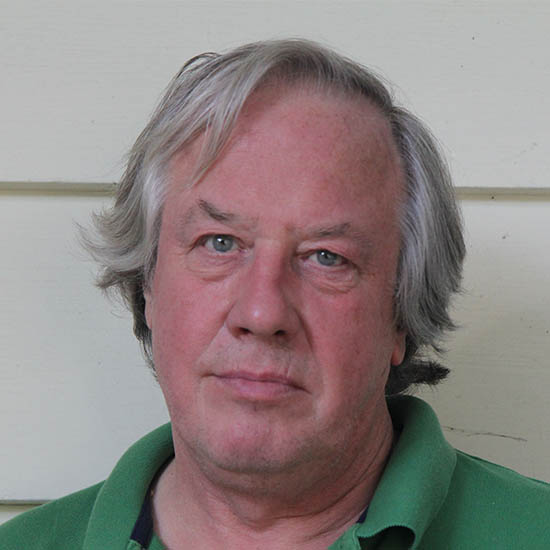Robert Fettiplace has performed studies of the mechanism of hearing in vertebrates. In 1976, Robert and Andrew Crawford developed a method of recording the electrical responses of hair cells in the isolated cochlea of reptiles. These experiments, which were the first to give extensive quantitative records from auditory receptors, showed that each hair cell is sharply tuned to a characteristic frequency and that much of the frequency selectivity in the turtle’s ear can be attributed to electrical resonance in the hair cell membrane. Later work proved that the resonant frequency was set by the density and kinetics of potassium channels, the frequency increasing with a greater number of faster channels. This mechanism is present in all vertebrate classes except mammals. Another important development was the use of new methods of imaging hair cell stereociliary bundles and delivering force stimuli, providing the first demonstration of sub-micron active oscillations of the bundles. His subsequent work has focused on determining the properties, location and identity of the mechanically sensitive ion channels that transduce sound stimuli into electrical signals.
Subject groups
- Anatomy, physiology and neurosciences
Cellular neuroscience

